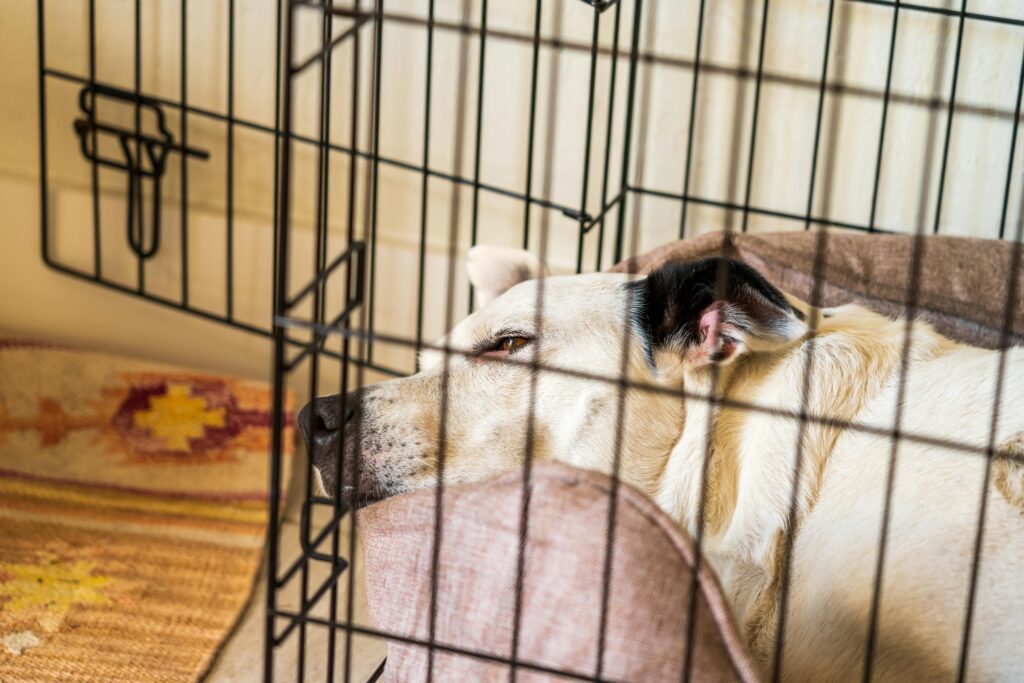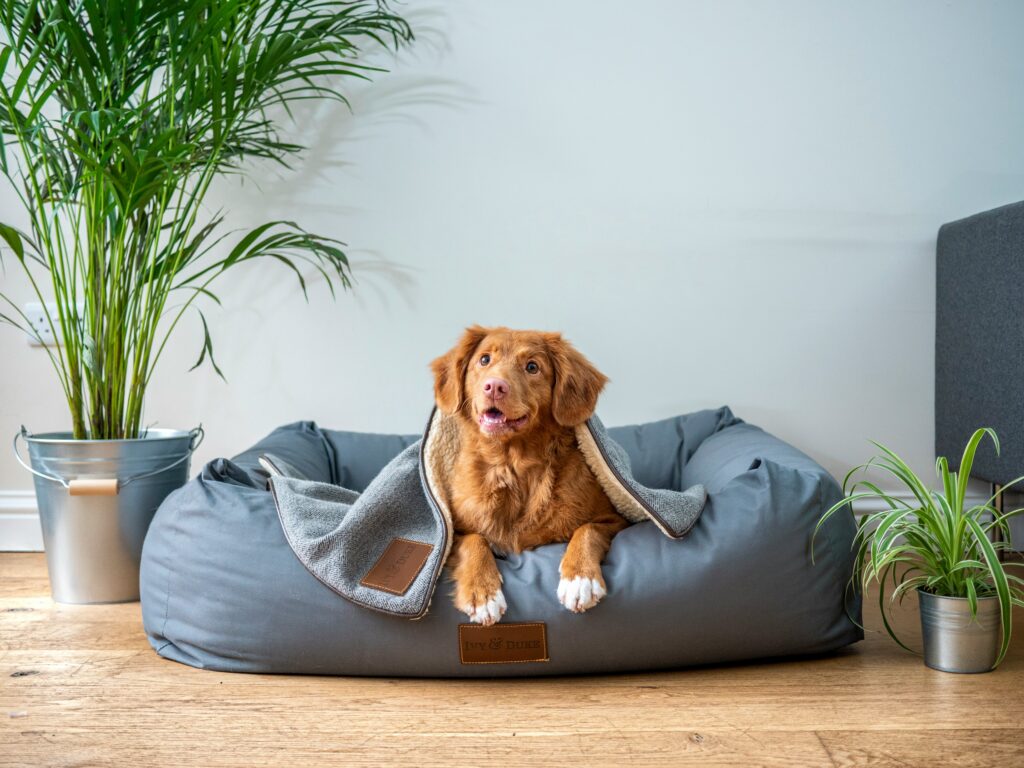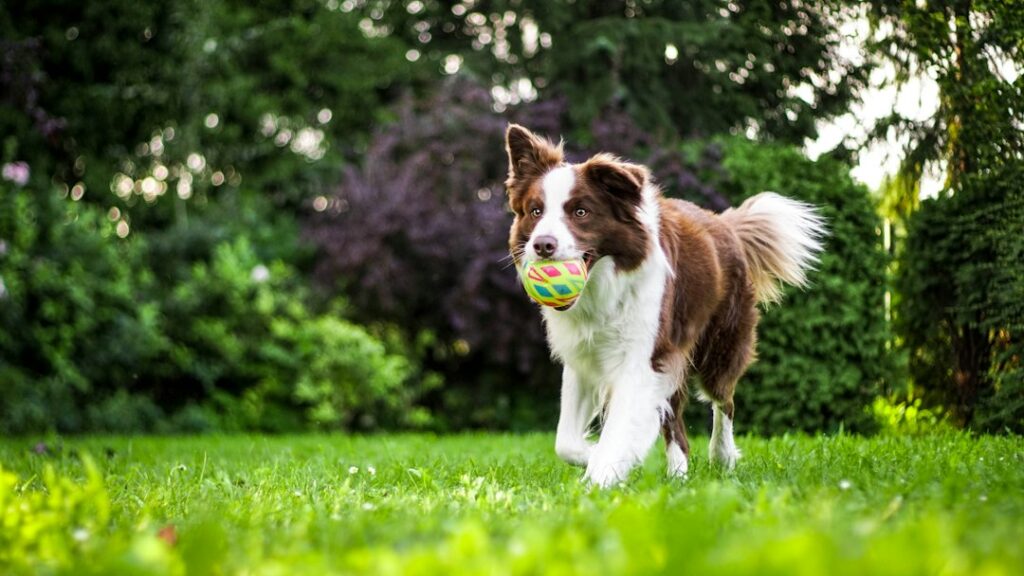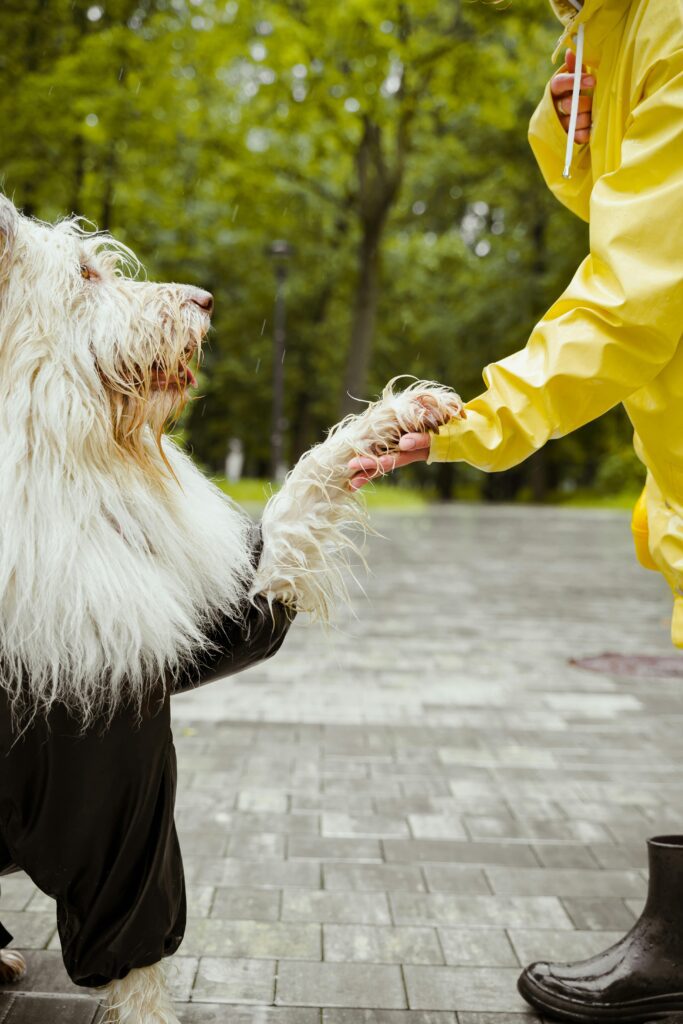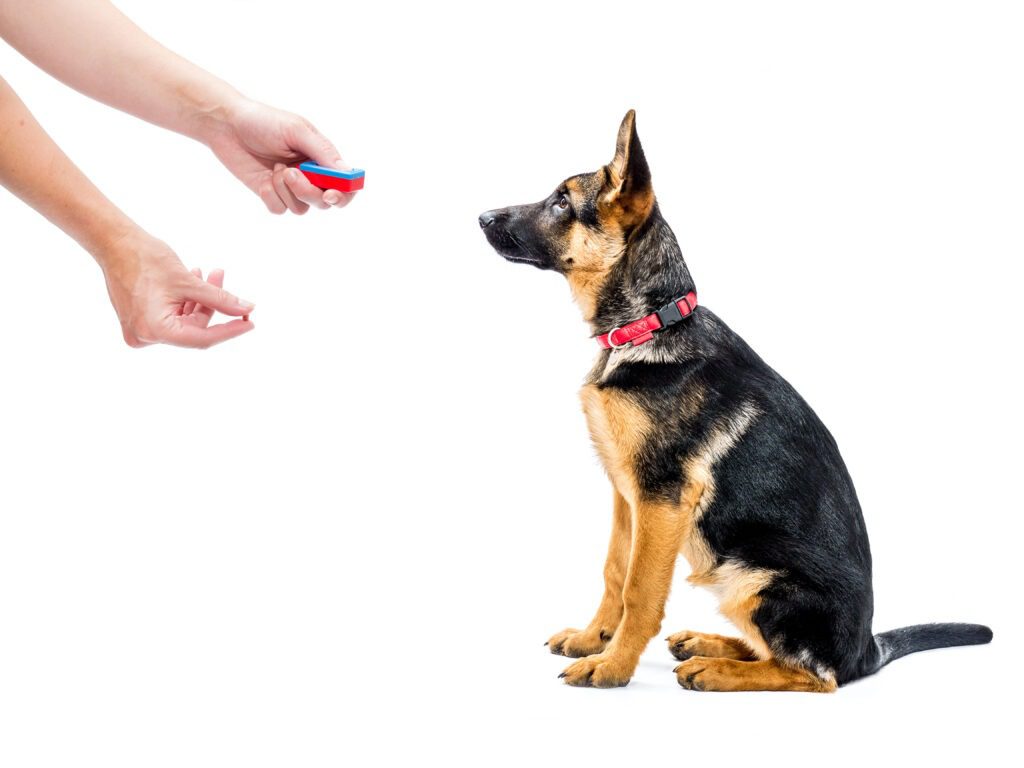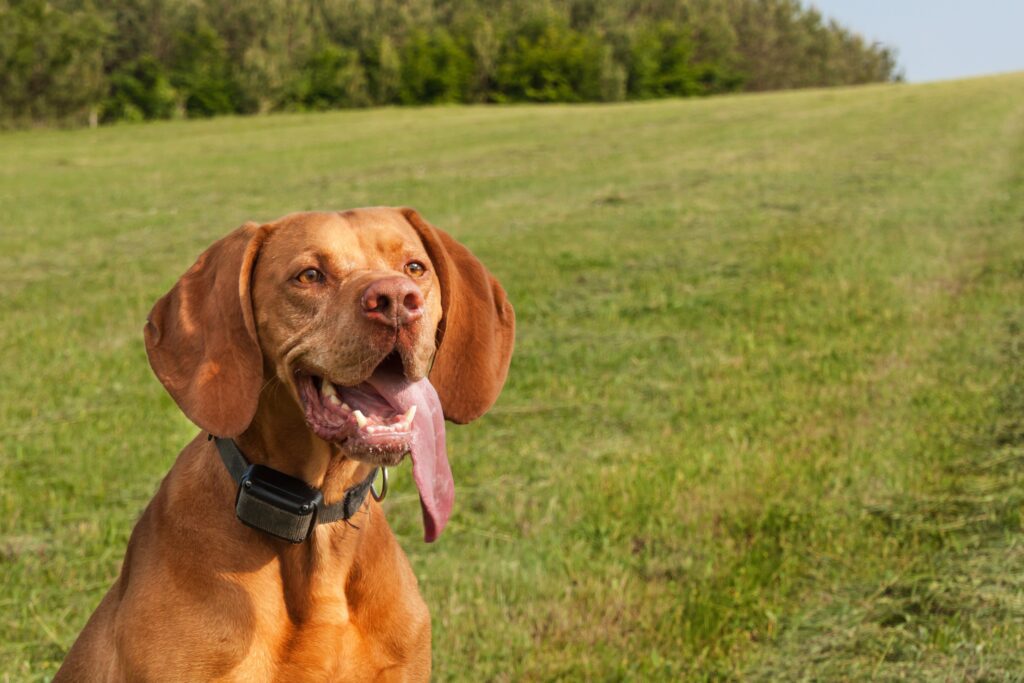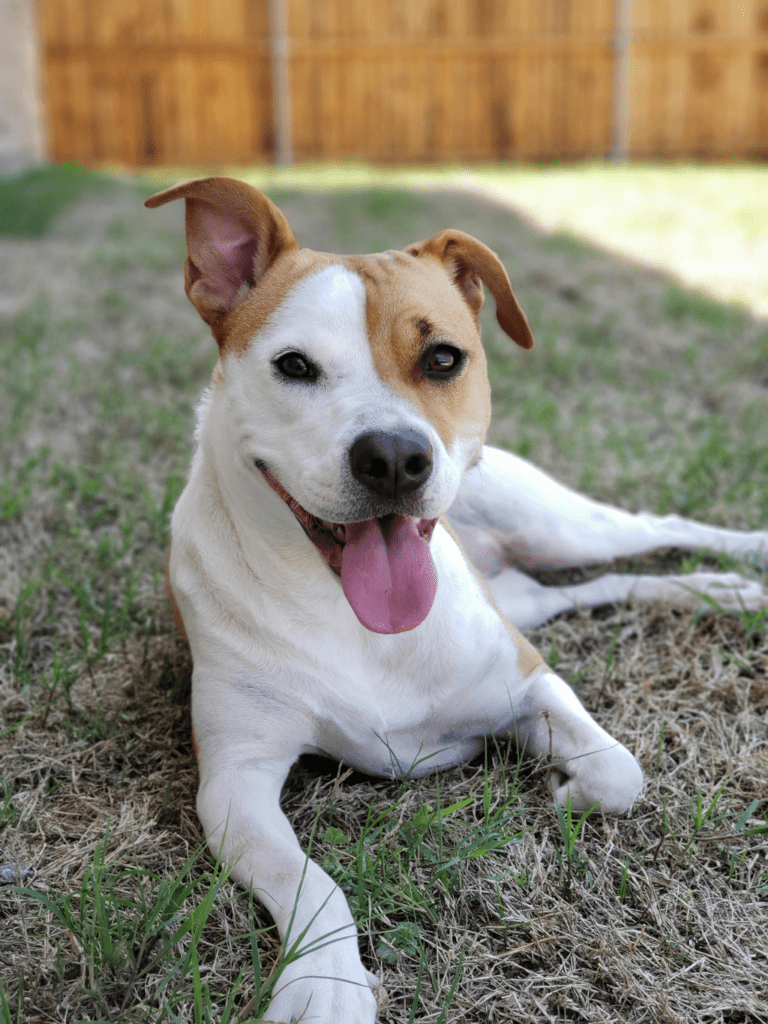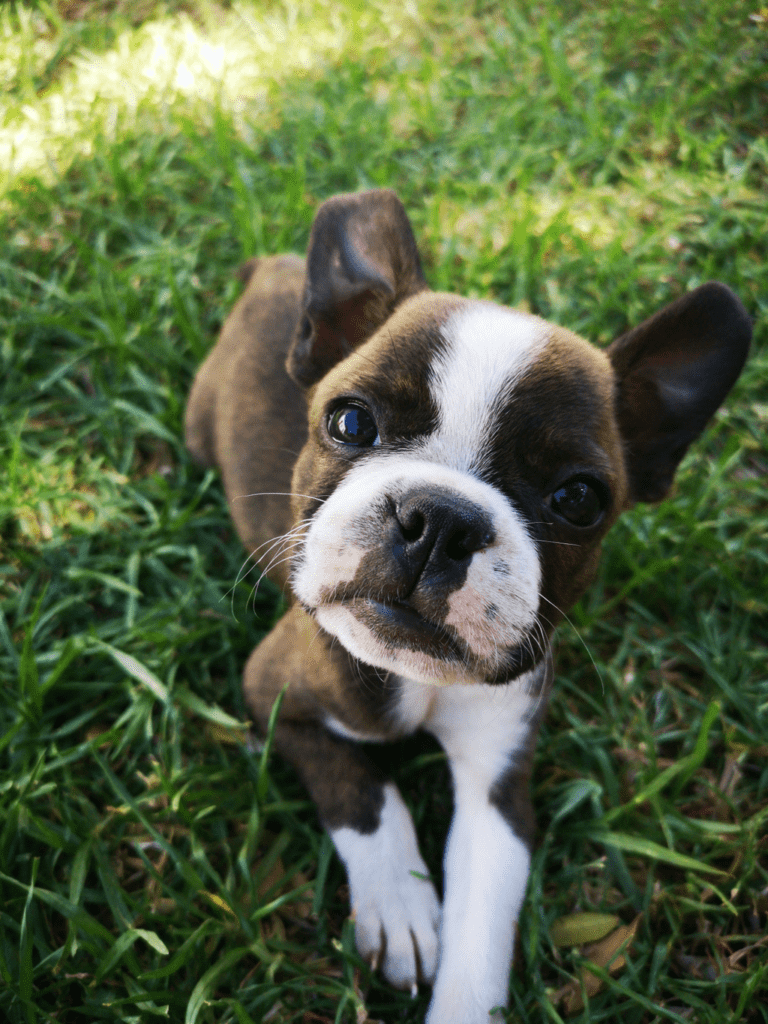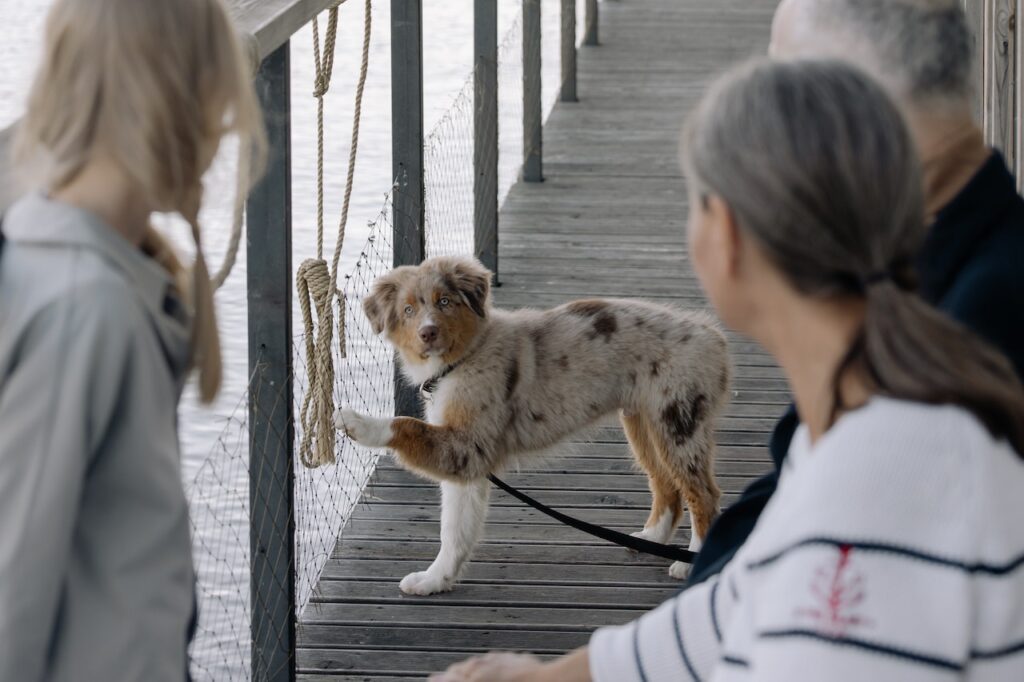Expert Tips for Dog Crate Training
Crate training is a popular and effective method of training dogs. It involves using a crate or kennel as a safe and comfortable space for your dog to rest and relax. Crate training has many benefits, both for puppies and adult dogs. For puppies, crate training can help with potty training and preventing destructive behavior when they are unsupervised. For adult dogs, crate training can provide a safe and secure space for them to retreat to when they need some alone time or when you need to leave them alone for short periods of time. Key Takeaways Dog crate training can be a helpful tool for house training and providing a safe space for your dog. Choosing the right size and type of crate is important for your dog’s comfort and safety. Creating a positive association with the crate through treats and positive reinforcement can make crate training easier. Introducing your dog to the crate gradually and increasing crate time slowly can help prevent anxiety and stress. Consistency and routine in crate training, as well as avoiding punishment or negative reinforcement, can lead to successful crate training. Choosing the Right Crate for Your Dog When it comes to choosing a crate for your dog, there are several options available. The most common types of crates are wire crates, plastic crates, and soft-sided crates. Wire crates are sturdy and provide good ventilation, but they may not be suitable for dogs who like to chew or escape. Plastic crates are more enclosed and provide a den-like environment, which can be comforting for some dogs. Soft-sided crates are lightweight and portable, but they may not be suitable for dogs who like to scratch or chew. When choosing a crate, there are several factors to consider. First, you’ll want to make sure the crate is the right size for your dog. It should be large enough for your dog to stand up, turn around, and lie down comfortably, but not so large that they have too much space to move around. It’s also important to consider the material of the crate. Some dogs may prefer the openness of a wire crate, while others may feel more secure in a plastic crate. Finally, you’ll want to make sure the crate is comfortable for your dog. Adding a soft bed or blanket can make the crate more inviting and cozy. Creating a Positive Association with the Crate In order for crate training to be successful, it’s important to make the crate a comfortable and inviting space for your dog. You can do this by placing the crate in a quiet area of your home, away from any distractions or loud noises. You can also make the crate more inviting by adding some of your dog’s favorite toys or treats inside. This will help your dog associate the crate with positive experiences. Using positive reinforcement is another effective way to encourage your dog to enter the crate. You can start by tossing treats or toys near the crate, and gradually move them closer to the entrance of the crate. Eventually, you can place the treats or toys inside the crate, and reward your dog for going inside. It’s important to be patient and not force your dog into the crate. Let them explore and enter the crate on their own terms. Introducing Your Dog to the Crate When introducing your dog to the crate, it’s important to take things slow and not rush the process. Start by leaving the crate door open and allowing your dog to explore it at their own pace. You can toss treats or toys inside to encourage them to go in. Once your dog is comfortable going in and out of the crate, you can start closing the door for short periods of time while you are still in the room. Gradually increase the amount of time you leave your dog in the crate, starting with just a few minutes and gradually working up to longer periods of time. It’s important to make the introduction as stress-free as possible for your dog. Avoid making a big fuss when you put them in the crate or let them out. Instead, try to create a calm and relaxed atmosphere. You can also try leaving a piece of clothing with your scent in the crate, as this can provide comfort and reassurance for your dog. Gradually Increasing Crate Time Once your dog is comfortable spending short periods of time in the crate, you can start gradually increasing the amount of time they spend in there. This is an important step in crate training, as it helps your dog learn to be comfortable and relaxed in the crate for longer periods of time. However, it’s important to do this gradually and not rush the process. Start by leaving your dog in the crate for a few minutes longer than they are comfortable with. If they start to show signs of stress or anxiety, such as whining or pacing, you may need to decrease the amount of time they spend in the crate and try again later. It’s important to listen to your dog and go at their pace. Over time, you can gradually increase the amount of time your dog spends in the crate, until they are comfortable being in there for extended periods of time. Using Treats and Positive Reinforcement Using treats and positive reinforcement is an important part of crate training. It helps to reinforce good behavior and encourages your dog to associate the crate with positive experiences. When using treats, it’s important to use them effectively and not over-rely on them. Start by rewarding your dog with a treat every time they enter the crate. You can also give them a treat when they are calm and relaxed inside the crate. This will help them associate the crate with positive experiences and make them more likely to go in willingly. However, it’s important to gradually decrease the frequency of treats over time.
Expert Tips for Dog Crate Training Read More »

